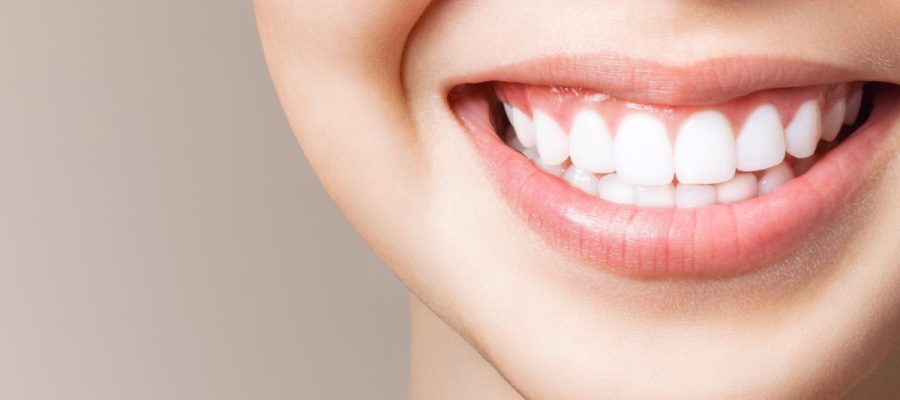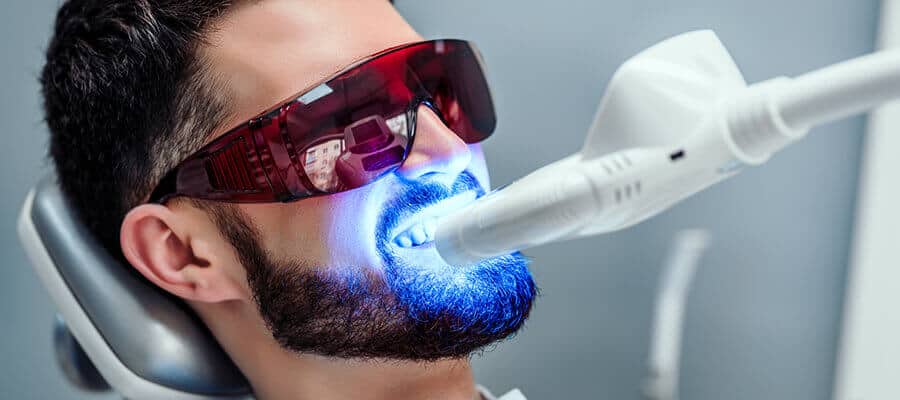
Inlays, Onlays, and Crowns: Understanding The Differences Between These Restorative Treatments

If you have a damaged or decayed tooth, there are several restorative options to bring back its function and appearance. Inlays, onlays, and crowns are three common treatments designed to address varying degrees of dental damage. Knowing the differences between them can help you make the best decision for your oral health. At Dr. Rader’s practice in Sevierville, you can receive expert care tailored to your specific dental needs.
What Are Inlays?
Inlays are a restorative solution for teeth that have moderate decay or damage that cannot be repaired with a simple filling. They are custom-made to fit precisely into the grooves of a tooth without covering the cusps.
Often crafted from porcelain, composite resin, or gold, inlays provide strength and a seamless appearance. Since they are specifically designed to fit your tooth, they offer a secure and long-lasting bond, helping to prevent further deterioration.
What Are Onlays?
Onlays function similarly to inlays but provide more extensive coverage. Unlike inlays, which fit within the grooves of a tooth, onlays extend over one or more of the tooth’s cusps. Because they offer greater protection, they are sometimes referred to as “partial crowns.”
Like inlays, onlays are made from durable, tooth-colored materials, ensuring a natural appearance while reinforcing the tooth’s structure. This option is ideal when a tooth has more extensive damage but does not yet require a full dental crown.
What Are Crowns?
Dental crowns are used when a tooth has suffered significant damage, decay, or structural weakness. Unlike inlays and onlays, a crown covers the entire visible surface of the tooth, offering full protection and restoring both function and aesthetics.
Crowns can be made from porcelain, ceramic, metal, or a combination of materials, depending on your needs. This treatment is ideal for teeth that have undergone root canal therapy, suffered fractures, or experienced severe decay that cannot be repaired with a more conservative approach.
How to Find the Right Option
The choice between an inlay, onlay, or crown depends on the extent of damage to your tooth. If the issue is confined to the grooves of the tooth, an inlay may be the best choice. If the damage extends to the cusps but does not require complete coverage, an onlay might be more suitable. For more severe cases, a crown offers the most protection and durability.
Dr. Rader will evaluate your specific dental condition and recommend the best treatment to restore your tooth while preserving as much natural structure as possible. Each option is designed to provide long-lasting results while maintaining your smile’s health and appearance.
Restore Your Smile with Professional Care
Maintaining a strong and healthy smile is essential for your overall well-being. Whether you need an inlay, onlay, or crown, Dr. Rader provides high-quality dental care to ensure the best outcome. Schedule an appointment today to explore your options and take the next step toward a healthier smile.






